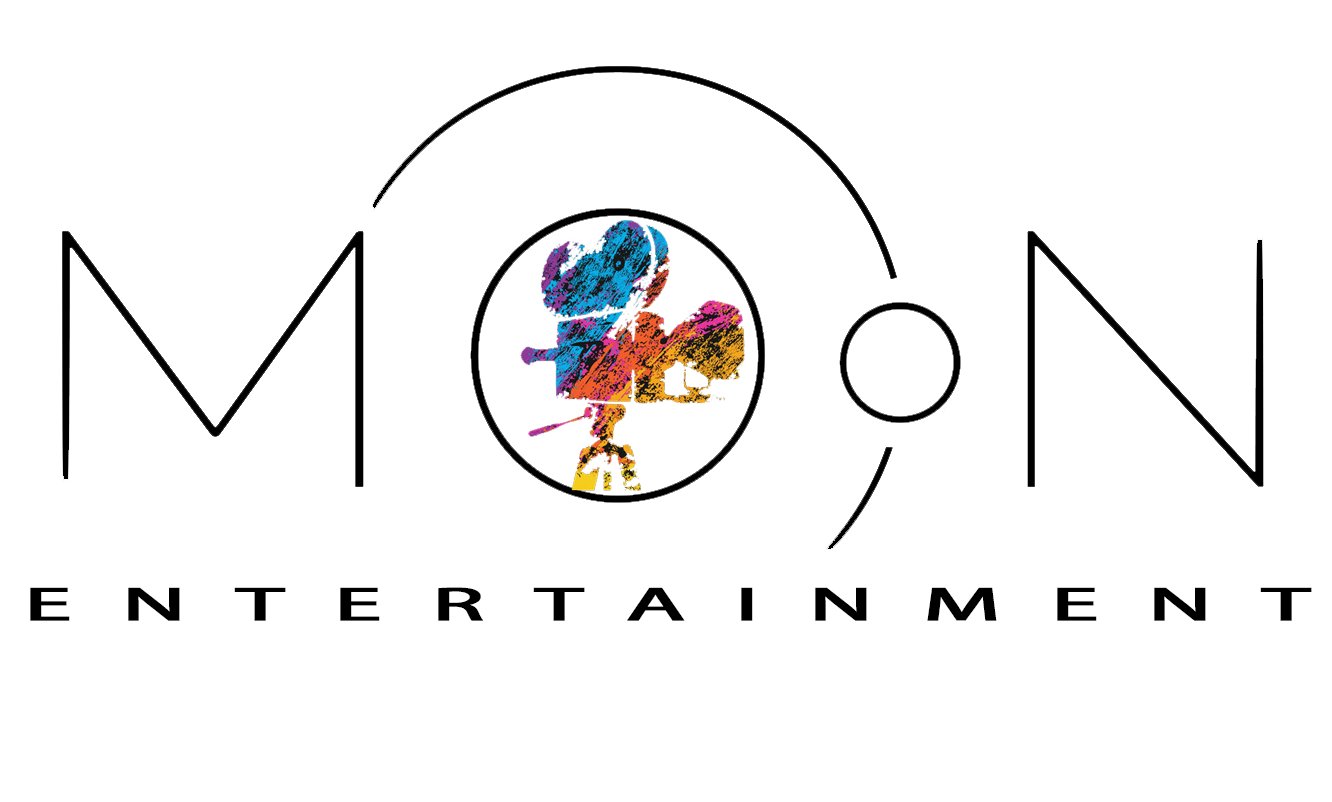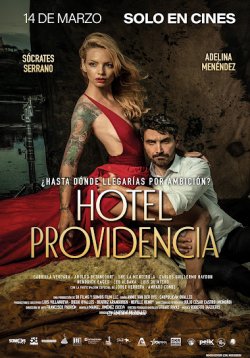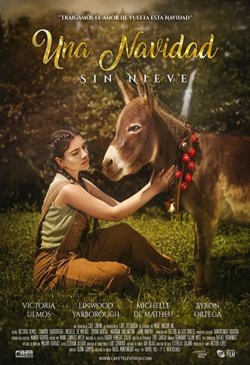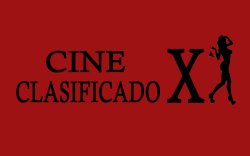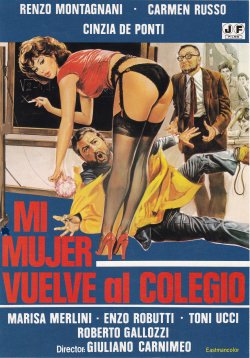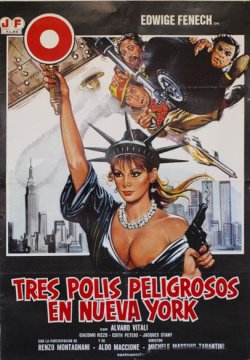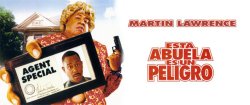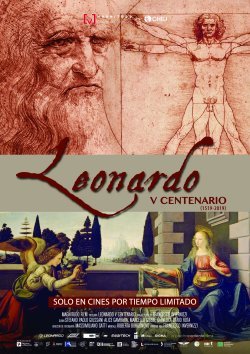 |
|
SINOPSIS
500 años después de su muerte, Leonardo sigue siendo uno de los hombres más admirados y reconocidos en la historia de la humanidad. Artista, arquitecto, humanista, naturalista y estratega militar, Leonardo da Vinci fue, por encima de todo, un observador incansable en busca de nuevos descubrimientos...
INTÉRPRETES
Documental con ANTONIO BICCHI, STEFANO BOERI, MASSIMO CACCIARI
MÁS INFORMACIÓN DE INTERÉS
![]() CRITICA
CRITICA
![]() BANDA SONORA
BANDA SONORA
![]() CLIPS
CLIPS
![]() CÓMO SE HIZO
CÓMO SE HIZO
![]() VIDEO ENTREVISTAS
VIDEO ENTREVISTAS
![]() AUDIOS
AUDIOS
![]() PREMIERE
PREMIERE
 INFORMACIÓN EXCLUSIVA
INFORMACIÓN EXCLUSIVA
A través del uso de la Inteligencia Artificial y tras décadas de estudios y búsqueda, esta película logra recomponer, de forma exclusiva, miles de páginas de los códices y redescubre con nuevas y perspicaces perspectivas las teorías y aportaciones prácticas de su trabajo. Con contribuciones de destacados expertos internacionales y un grupo de técnicos e ingenieros, la película arroja una nueva luz sobre las observaciones y estudios de da Vinci, dando a los espectadores la oportunidad de ver las obras de Leonardo a través de las implicaciones modernas de su trabajo.
La industria civil y armamentística, la ingeniería, las comunicaciones, la medicina, la anatomía y el arte del siglo XXI, todos comparten, como denominador común, la investigación y el desarrollo encontrados en la obra del gran Leonardo da Vinci.
DIRECTOR’S NOTES...
The artistic challenge in the making of Leonardo Cinquecento was not only to reinstate and visually translate the intangible legacy of the Renaissance genius, but to extol the fascination of scientific, industrial and artistic research, showing for the first time on the big screen the contemporary development of da Vinci’s ideas as contained in his famous codices.
Adopting a technical approach and relying on scientific advice from the most important scholars at an international level - technicians and engineers - the documentary is not aimed at reconstructing the life and projects of Leonardo da Vinci in a bibliographic and didactic fashion - with fiction and costume scenes - but rather some of what has remained of Leonardo, his codices and his paintings - in which his audacious and revolutionary thoughts and theories are collected - to approach the research and production of contemporary businesses and institutions.
The narrative structure presents a continuous comparison between Leonardo’s work and the production and research achievements of our day, thus inviting the audience to discover how much and in what way his intellectual legacy continues to be relevant and a source of inspiration.
Indeed, five hundred years after his death, in the world around us characterized by technological levels unable to be even vaguely imagined by Renaissance man, traces of Leonardo da Vinci are found everywhere.
By means of images shot with the highest resolution currently available, 8K, animated graphics and 3D reconstructions that help understand the subjects dealt with, the multi-faceted genius of Leonardo da Vinci emerges in Leonardo Cinquecento, now contemporary as never before, artist, architect, humanist, naturalist and military strategist, but above all tireless observer and constant researcher.
THE DOCUMENTARY...
The pathway in the footsteps of Leonardo starts with an analysis of the origin of his creativity: curiosity, supported by the Renaissance climate of the Florence of Brunelleschi and Verrocchio, which in a few years would see the immortal talents of the Renaissance germinate. But Leonardo added something extra: ambition and the spirit of observation that in a few years triggered an evolutionary process documented in 12,000 pages of codices, at least twenty-three paintings, as well as machines, drawings, sonnets and scenery. At least half of his codices have been lost, his painted works are now of inestimable value and glimpses of his thinking can still be seen in the sentences extricated from his writings. And yet there are none of the mysteries usually attributed to Leonardo. The difficulty of unravelling some of their passages or certain creations is due solely to the absence of analytical tools.
It is in these elements and the interpretations of experts that the documentary unfolds along a pathway of five centuries. First in Tuscany, then in the Milan of Ludovico il Moro, then in Venice, again in Florence, Milan and finally in France, protected by the king in person. When he is presented as a strategist we observe his machines, described by experts who accompany us through to the contemporary principles of motion and flight that he imagined five centuries earlier. And in town planning, his extraordinary practical sense led him to design buildings and underground streets that layer the city.
Contemporary architects speak to us of the ideal city made up of vegetation and water, his like that of today. As court painter he experimented with strokes that make every other portrait a second grade product in the history of art. Here the rationale lies in the laws of optics, which he made his own and still govern photography and refraction.
His departure from Milan after the fall of Moro was fairly rapid and marked by the failure to construct the colossal equestrian monument intended to decorate the castle court. In the bridge between the ancient and contemporary that runs right through the film, the Horse is shown finally made thanks to modern techniques.
Once again experts tell us how the keystone between Leonardo and us is the energy that fueled the Industrial Revolution. This second Renaissance led technology to its maturity, also in battles, fought for four centuries by direct contact and now no longer necessary thanks to deterrence and border protection. Leonardo’s physical nature is evident in the studies for the Battle of Anghiari, while today’s ships and planes are instruments of peace and civil protection before being offensive weapons. The strategies change but not the dreams.
Among the ambitions of the sixteenth century was that of going beyond the horizon, as taught by Columbus, Magellan and Vespucci, who with him shared the dawn of the Renaissance. That limit at the end of the earth was guessed by Leonardo and expressed very well in his work as a cartographer, and in his paintings. He even dreamt of freeing himself from the ground and ascending. He guessed the laws for flight but it was to be motors that made his ideas take off. That which to Leonardo was powered by muscles, water and wind, in the contemporary world is driven by steam, fuels and solar cells. So the leap into the unknown is possible.
Here, too, engineers accompany us looking at the contemporary nature of Renaissance genius: in modern aircraft, in space ships travelling towards the immense abysses, but also in the suits that protect man in the depths of the oceans.
The common denominator of the last five centuries is the human body. With the same dynamics and the same characteristics, Leonardo grasped like no one before him the details of anatomical analysis. He even managed to propose scanning like x-rays. Where Leonardo sought the seat of the soul, neuroscientists formulate the Human Brain Project, a journey that studies the human mind using wireless.
What does the future hold? Leonardo himself explains this in a literary essay, defined by scholars as one of the most representative passages of Western thinking. The documentary also analyses his work as a writer, often underrated and yet no less revolutionary than his drawings.
It is the words of his codices that close the pathway of five centuries, with man before the darkness of the unknown in balance between fear and desire. Leonardo’s answer to the dilemma is not at all foreseen and the finale suggested by Francesco Invernizzi is also a possible interpretation of what awaits the human race.
 GALERÍA DE FOTOS
GALERÍA DE FOTOS
https://www.cineymax.es/estrenos/fichas/111-l/126562-leonardo-v-centenario-2019#sigProIda6a54f745c




